Sascha Arnold
Spatial Acoustic Projection for 3D Imaging Sonar Reconstruction
Jun 06, 2022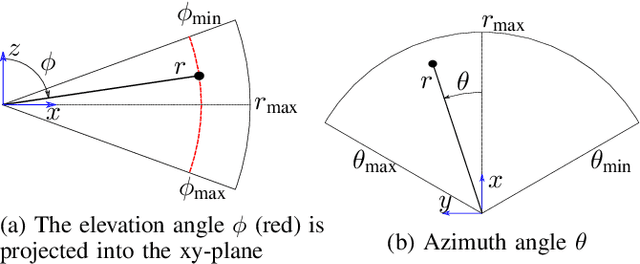

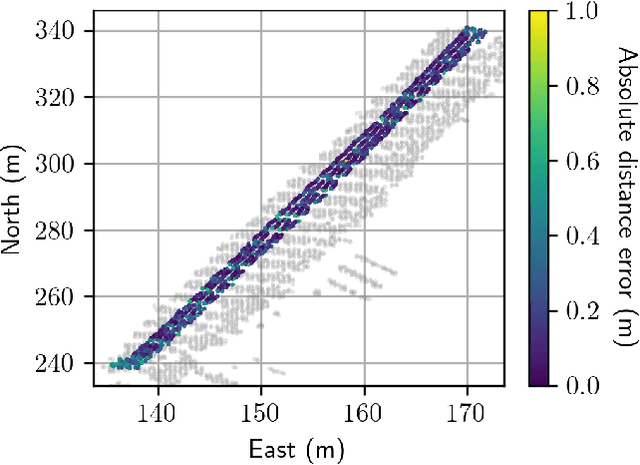
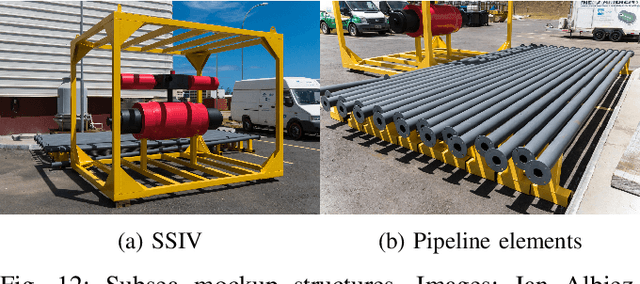
Abstract:In this work we present a novel method for reconstructing 3D surfaces using a multi-beam imaging sonar. We integrate the intensities measured by the sonar from different viewpoints for fixed cell positions in a 3D grid. For each cell we integrate a feature vector that holds the mean intensity for a discretized range of viewpoints. Based on the feature vectors and independent sparse range measurements that act as ground truth information, we train convolutional neural networks that allow us to predict the signed distance and direction to the nearest surface for each cell. The predicted signed distances can be projected into a truncated signed distance field (TSDF) along the predicted directions. Utilizing the marching cubes algorithm, a polygon mesh can be rendered from the TSDF. Our method allows a dense 3D reconstruction from a limited set of viewpoints and was evaluated on three real-world datasets.
* Preprint
Robust Model-Aided Inertial Localization for Autonomous Underwater Vehicles
Nov 27, 2018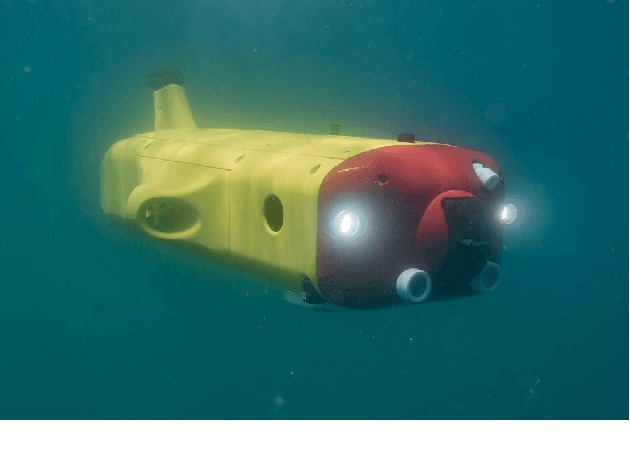
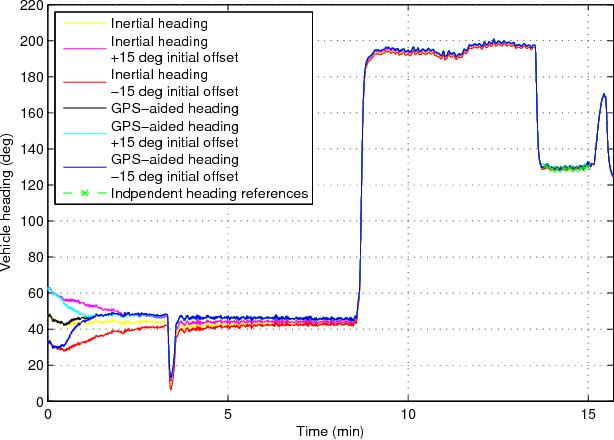
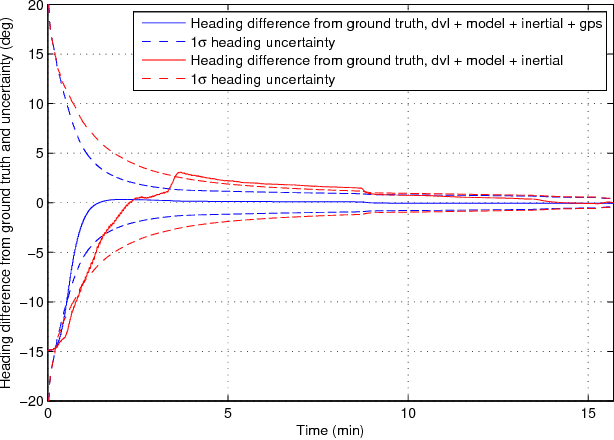
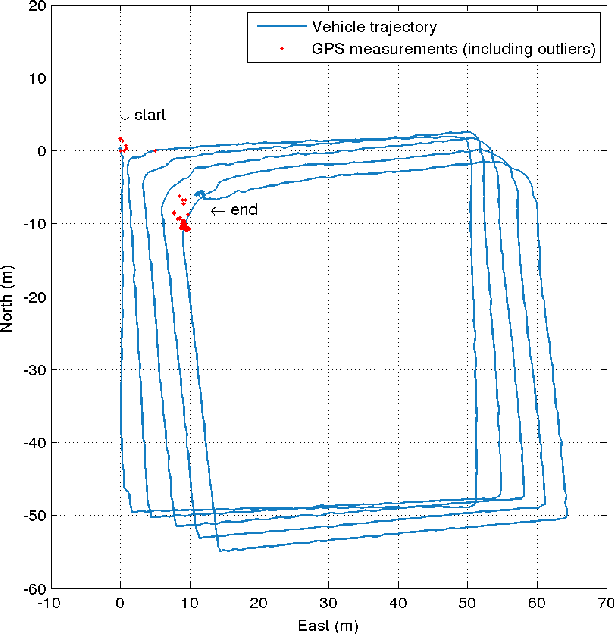
Abstract:This paper presents a manifold based Unscented Kalman Filter that applies a novel strategy for inertial, model-aiding and Acoustic Doppler Current Profiler (ADCP) measurement incorporation. The filter is capable of observing and utilizing the Earth rotation for heading estimation with a tactical grade IMU, and utilizes information from the vehicle model during DVL drop outs. The drag and thrust model-aiding accounts for the correlated nature of vehicle model parameter error by applying them as states in the filter. ADCP-aiding provides further information for the model-aiding in the case of DVL bottom-lock loss. Additionally this work was implemented using the MTK and ROCK framework in C++, and is capable of running in real-time on computing available on the FlatFish AUV. The IMU biases are estimated in a fully coupled approach in the navigation filter. Heading convergence is shown on a real-world data set. Further experiments show that the filter is capable of consistent positioning, and data denial validates the method for DVL dropouts due to very low or high altitude scenarios.
 Add to Chrome
Add to Chrome Add to Firefox
Add to Firefox Add to Edge
Add to Edge